Numbers: Six to twelve participants in a group - multiple groups can play.
Equipment: Masking tape, 12 wooden building blocks for each group (with pictures, numbers, and letters on the sides of the blocks), and a timing device for each group.
Set Up: You'll need a solid surface (e.g., end of a table) for each group. Stick down a 12-inch piece of masking tape on the surface you are using. Build two block towers (for each group), six blocks each, like in the first picture above.
The Challenge: The group is/groups are tasked to move the "Two Towers" into the "Pyramids" (picture 2) then into "The Wall" (picture 3) as quickly as possible. You will be giving them three attempts to get their best (lowest) time.
- Time will begin as soon as someone touches a block from the Two Towers structures.
- Each participant in the group must move at least one block into each of the two structure builds - into the Pyramids and into The Wall. (Note: If you are working with less than 12 participants, some will be moving more than one block.)
- All structures must be built on the strip of tape.
- The top of the Pyramids must show a "hammer" image and a "helicopter" image. (Note: These images match the ones shown in picture 2 above - you can require any two images from the blocks you are using.)
- All fingers must be off of the Pyramid structures (blocks) before moving the blocks into The Wall structure.
- The Wall must show the numbers 1, 2, 3, & 4 sequentially across the top. (Note: If you don't have numbers on your blocks you could require sequential letters or other images.)
- When all fingers are off of The Wall structure, time will stop.
Variations:
- Vary the length of the masking tape. If the piece of tape is smaller than 12 inches the group will have less space (harder version) to work around. If it's longer (easier version), there will be more space to work around.
- Add the rule: All blocks must be off of the tape at the same time before the Pyramids build and The Wall build.
- When you build the Two Towers, you can have the required images for the Pyramids showing (easier version) or hide them (harder version).
- Provide an image card of the Pyramids and The Wall so the participants can see what they are tasked to build. Using only verbal directions of your expectations will most likely prompt questions about the requirements. (Will everyone be on the same page? Have the same mental model?)
- Add more blocks to the build - everyone has more than one block to move.
- Describe your planning session before you started - what did you hear and see within the group during this time?
- Were you able to plan for all situations encountered during your process of building the Pyramids and The Wall?
- What showed up for you during the process that you didn't plan for?
- In what ways, if any, were the planning sessions different before the second and third builds?
- What role did each of you have during the process and did you completely understand this role before you began?
- If you were not clear about your role before and/or during the process, what did you do about this situation?
- What prevents people from reaching role clarity before starting a task with others?
- In what ways did you measure your success for this activity?
- In what ways did you fail during this activity?
- What information did you gain from your failures? How did you use this information?
- If you were given one more attempt at this challenge, what would you do differently?
Keep me posted.
All the best!
Chris Cavert, Ed.D.

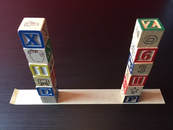
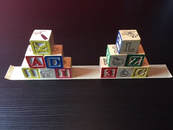
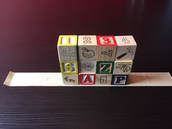
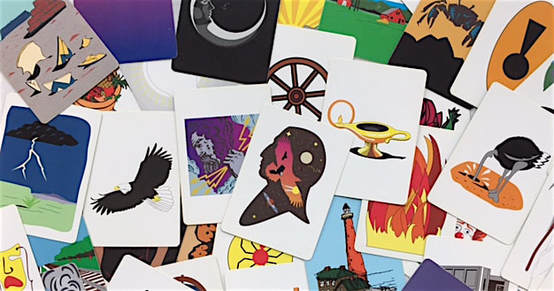
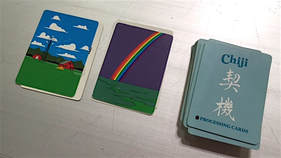
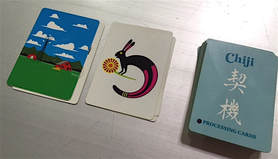
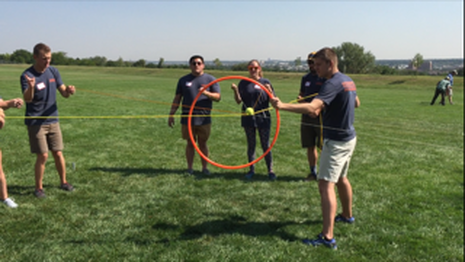
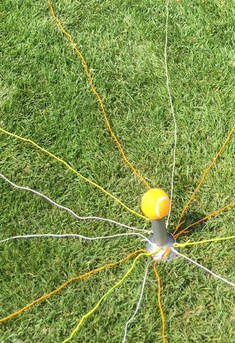
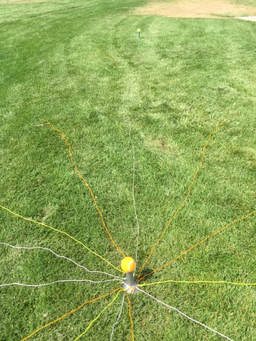





 RSS Feed
RSS Feed